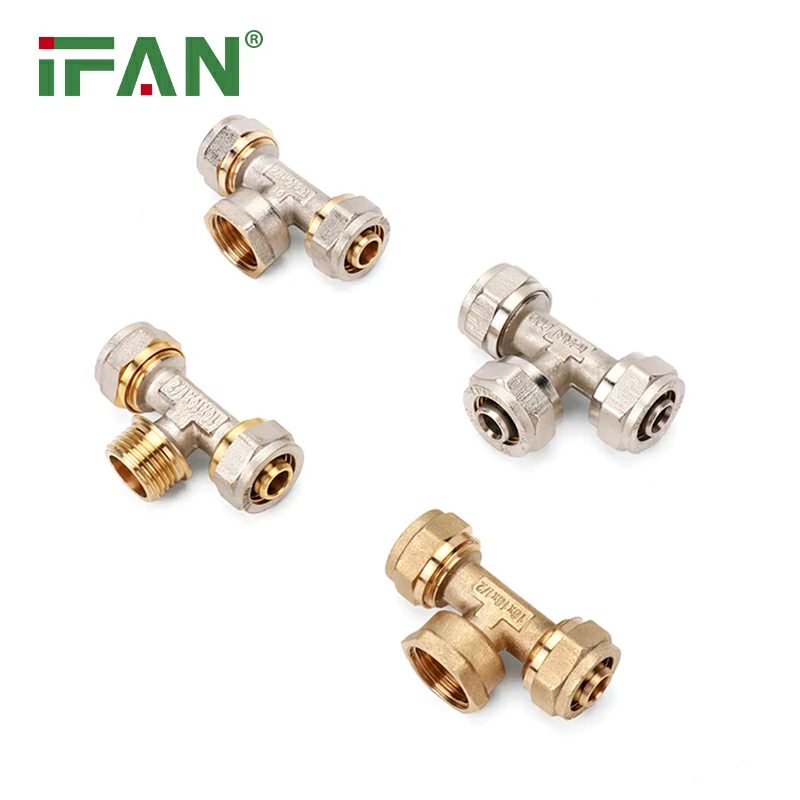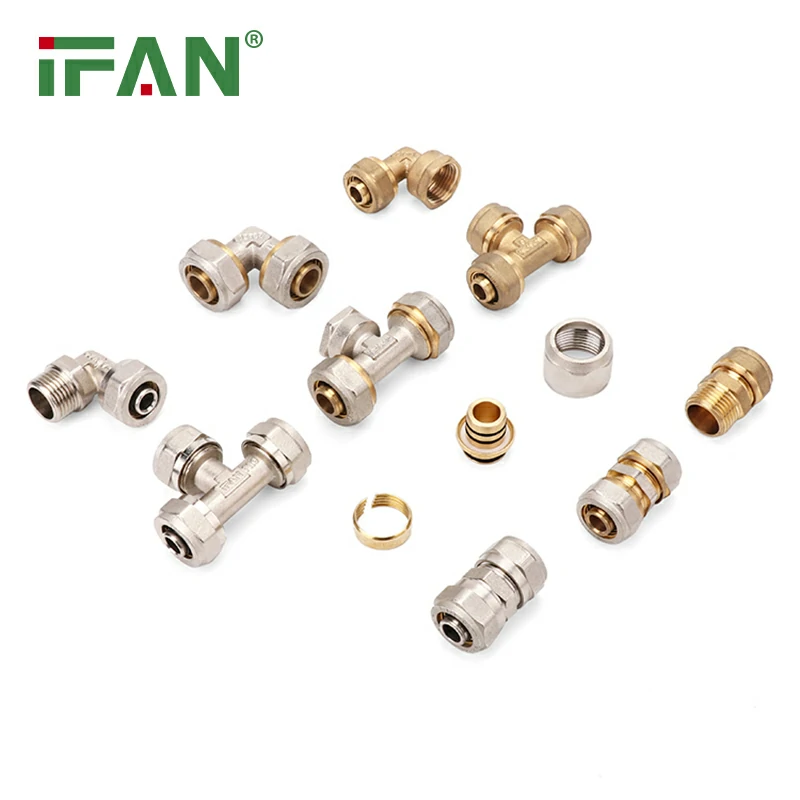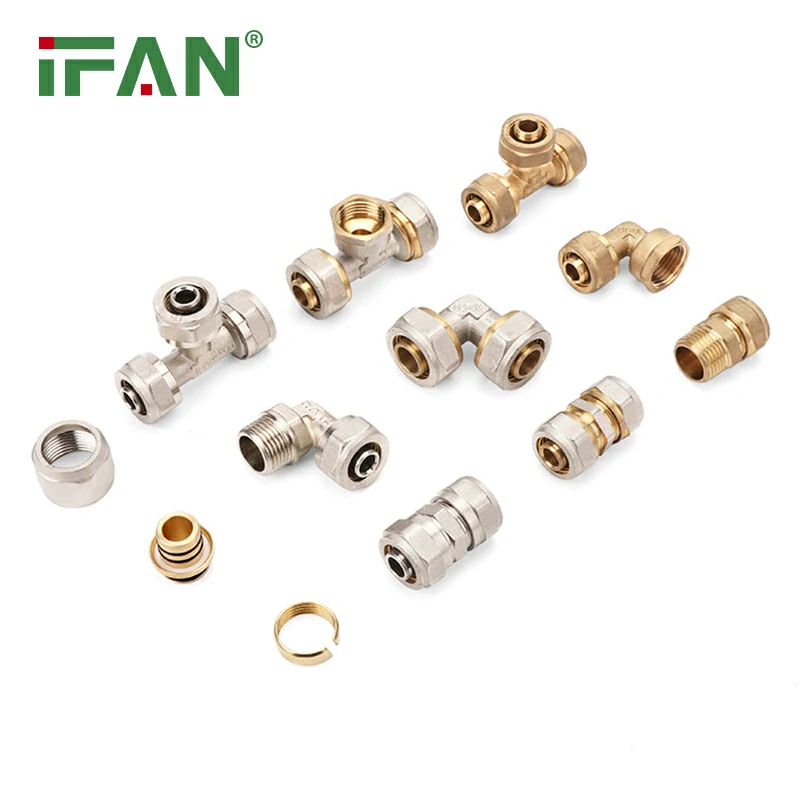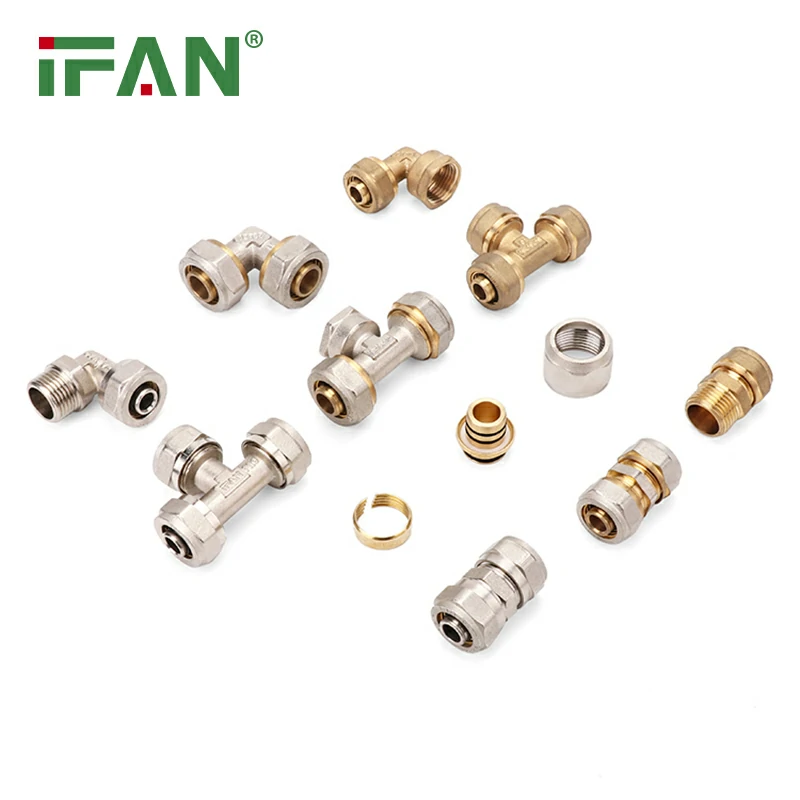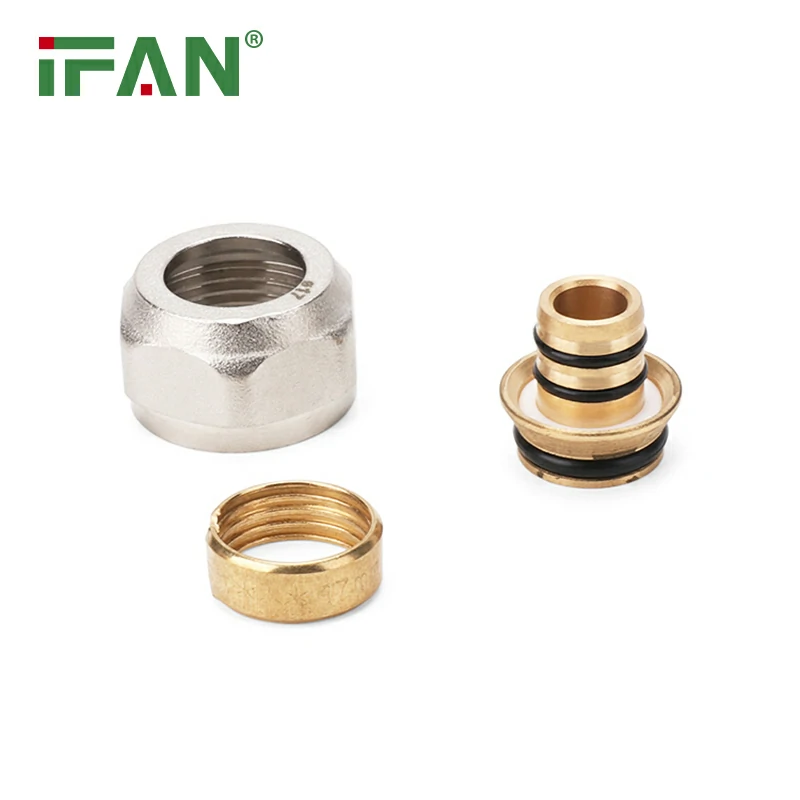IFAN factory 30+ years manufacture experience support color /size customization support free sample.Welcome to consult for catalog and free samples.This is our Facebook Website:www.facebook.com,Click to watch IFAN’s product video.Compared with Tomex products, our IFAN products from quality to price are your best choice, welcome to buy!
Introduction
PEX (cross-linked polyethylene) piping has become a leading choice for modern plumbing systems due to its durability, flexibility, and ease of installation. Whether you are installing a new plumbing system or replacing old pipes, PEX pipe fittings offer numerous advantages. In this guide, we’ll walk through essential PEX pipe fittings installation tips and best practices to ensure your plumbing system operates smoothly and efficiently.
Why Choose PEX Pipe Fittings?
Before diving into installation tips, it’s important to understand why PEX pipe fittings are so popular:
- Flexibility: PEX pipes can bend easily, reducing the need for numerous fittings.
- Durability: Resistant to corrosion, scale buildup, and extreme temperatures.
- Cost-effective: Lower material and labor costs compared to traditional pipes.
- Ease of Installation: No soldering or glue needed, especially with push-fit or crimp fittings.
Now, let’s look at how to successfully install PEX pipe fittings.
PEX Pipe Fittings Installation Tips
1. Understand the Different Types of PEX Fittings
PEX pipe fittings come in several varieties, and each type is suited for different installation methods:
- Crimp Fittings: These are the most common. They require a crimping tool to attach the fitting to the PEX pipe with a metal crimp ring.
- Push-Fit Fittings: These fittings offer the quickest installation. Simply push the PEX pipe into the fitting, and the internal mechanism grips the pipe.
- Expansion Fittings: These are used with an expansion tool to enlarge the pipe ends, allowing the fitting to be inserted.
- Barbed Fittings: A classic choice where the pipe is pushed onto a barbed fitting and secured with a clamp.
Make sure to select the right type of fitting for your installation, as each has its own tools and methods of securing a connection.
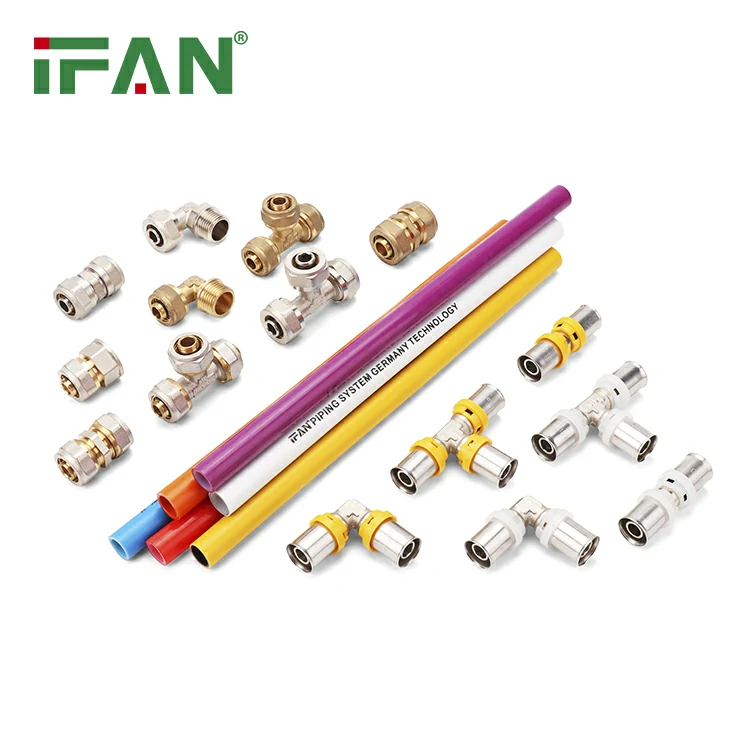
2. Use the Right Tools for Installation
The tools needed for PEX pipe fittings installation depend on the type of fittings you are using. Here’s what you might need:
- Crimp Tool: If you are using crimp fittings, a crimping tool is essential. This tool helps secure the crimp ring onto the PEX pipe, ensuring a tight, leak-free connection.
- Push-Fit Tool: Some push-fit fittings might require a tool for proper installation, although many can be installed by hand.
- PEX Pipe Cutter: A sharp, clean cut is essential for a secure connection. Use a PEX pipe cutter to ensure smooth, straight edges.
- Expansion Tool (for expansion fittings): This tool is used to expand the ends of the PEX pipe to fit the expansion fittings.
Invest in high-quality tools to make the installation process easier and avoid future problems like leaks or loose connections.
3. Cutting the PEX Pipe Correctly
When installing PEX pipe fittings, a clean, straight cut is crucial for ensuring a tight fit. Use a sharp PEX pipe cutter to avoid uneven or jagged edges. The cleaner the cut, the better the fitting will seal, preventing leaks.
Avoid using scissors or regular pipe cutters as they may cause deformation of the PEX pipe, leading to poor fitting performance.
4. Deburr the Edges
Once the pipe is cut, use a deburring tool to remove any rough edges. Even small burrs can affect the connection between the PEX pipe and the fitting. Deburring helps the fitting slide into the pipe more easily and ensures a secure, leak-free seal.
5. Properly Insert the Pipe into the Fitting
For crimp fittings, push the PEX pipe fully onto the fitting before crimping. If you’re using push-fit fittings, make sure the pipe is inserted all the way into the fitting until it clicks or locks in place.
If you’re using expansion fittings, expand the pipe using the expansion tool, insert the fitting, and let the pipe contract back to create a secure connection.
6. Inspect the Fitting Connection
After installing the fitting, always double-check that it is securely in place. For crimp fittings, inspect the crimp ring to ensure it is properly positioned and tightly compressed. In the case of push-fit fittings, check that the pipe is fully inserted and that the fitting’s internal mechanism is engaged.
For barbed fittings, use a clamp or crimp ring to secure the pipe onto the barb, ensuring a tight seal.
7. Test for Leaks
Once the installation is complete, turn the water supply on and check for leaks at every joint. If you notice any leaks, you may need to adjust the fitting or replace it with a new one. Testing the system before covering it up with drywall or flooring is essential to ensure there are no issues that could cause water damage later.
8. Avoid Sharp Bends in PEX Pipes
Although PEX pipes are flexible, they should not be bent too sharply. Sharp bends can cause the pipe to kink, restricting water flow and potentially causing the pipe to break. Follow manufacturer guidelines for the minimum bend radius to avoid kinks. If you need to change direction, use an appropriate fitting or elbow.
9. Insulate PEX Pipes in Cold Areas
If you live in an area with freezing temperatures, it’s essential to insulate PEX pipes in unheated areas such as attics or basements. While PEX is freeze-resistant compared to other materials, extremely cold conditions can still cause the pipes to burst if they are exposed to prolonged freezing temperatures.
Consider using foam insulation sleeves or wrap insulation around exposed pipes to keep them safe during the winter months.
10. Secure the PEX Pipes Properly
To prevent movement or damage, ensure that PEX pipes are properly secured to the walls, ceiling, or floors with pipe clamps or hangers. This will prevent the pipes from shifting, which can lead to potential leaks or damage over time.
Best Practices for Maintaining PEX Pipe Fittings
Once you’ve successfully installed PEX pipe fittings, it’s essential to maintain the system to ensure longevity and performance. Here are a few best practices:
- Regular Inspections: Periodically inspect your plumbing system for signs of wear, leaks, or damage.
- Avoid Chemicals: While PEX pipes are resistant to corrosion, exposure to harsh chemicals can still degrade the material. Avoid using harsh solvents or cleaners on PEX pipe fittings.
- Keep Fittings Accessible: Where possible, avoid burying PEX fittings behind walls or under floors that are difficult to access. This will make it easier to repair or replace them in case of failure.
Conclusion
PEX pipe fittings provide a reliable, cost-effective, and efficient solution for modern plumbing systems. With proper installation techniques and best practices, you can ensure that your PEX plumbing system performs well and lasts for years. Always use the right tools, cut the pipes correctly, and ensure each fitting is securely attached before testing the system for leaks.
By following these installation tips and best practices, you can enjoy the benefits of PEX pipe fittings in your home or business plumbing system with confidence.
Frequently Asked Questions (FAQ)
1. Can I use regular tools for installing PEX fittings?
While you may be able to use basic tools for cutting the pipe, specialized tools like a crimping tool or expansion tool are necessary for securing PEX fittings properly. Using the right tools ensures a leak-free installation.
2. Do PEX fittings need to be replaced periodically?
No, PEX fittings are designed to last for decades. As long as they are installed correctly and maintained properly, they should not need to be replaced.
3. How do I know if my PEX fittings are installed correctly?
Check for proper insertion of the pipe into the fitting, ensure the connection is secure, and perform a leak test to verify that no water is leaking from any of the joints.
4. Can PEX be used for both hot and cold water lines?
Yes, PEX pipes and fittings are suitable for both hot and cold water lines, making them versatile for all types of residential and commercial plumbing systems.
5. Is it necessary to insulate PEX pipes?
Insulating PEX pipes in cold climates is recommended to prevent freezing, especially in unheated areas like basements or attics. While PEX is freeze-resistant, insulation helps to protect the pipes during extremely cold weather.

